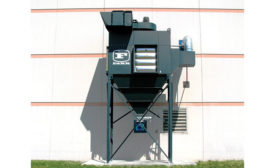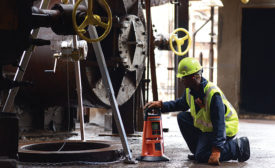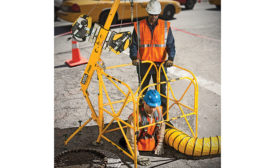Safety Technology
A new game plan for EHS intelligence
Transform how you assess & mitigate risks – and improve operations
March 9, 2018
Confined space entry goes wireless
Testing, monitoring & permitting will never be the same
February 1, 2018
Never miss the latest news and trends driving the safety industry
eNewsletter | Website | eMagazine
JOIN TODAYCopyright ©2024. All Rights Reserved BNP Media.
Design, CMS, Hosting & Web Development :: ePublishing










